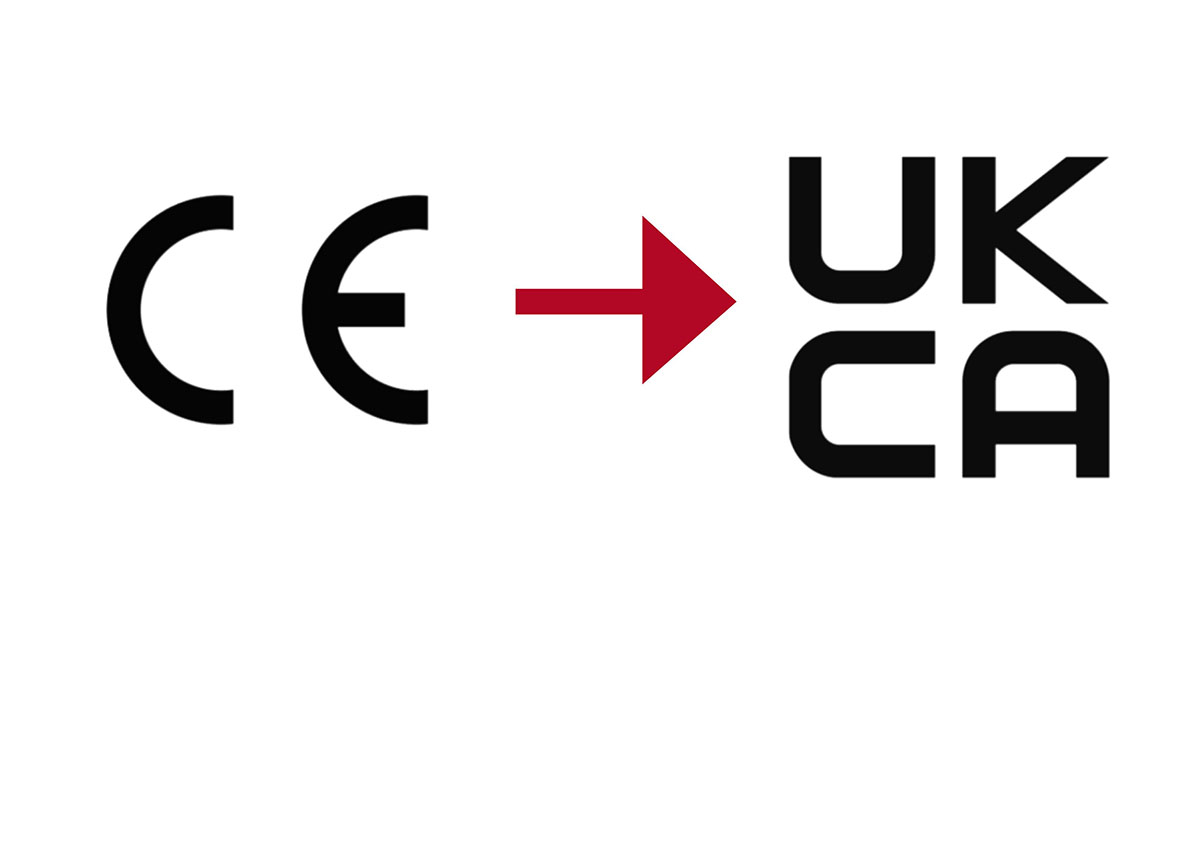Since Britain’s exit from the EU, many things have changed for construction product manufacturers and those specifying those products for use in our buildings
Chris Miles, regional business director for UL’s Built Environment group in Europe, the Middle East and Africa (EMEA), looks at the overhaul of product marking and certification now underway and what it means for the construction industry.
This story started almost 40 years ago, with the debut of Conformitè Europëenne (CE) marking in 1985, which allowed product manufacturers to sell their goods more easily within the European Economic Area.

Still used today, CE marking indicates that the manufacturer has assessed a product and deemed it to meet the minimum safety, health and environmental protection requirements. The CE marking is required for products that are offered for sale in the EU, regardless of where they were manufactured. Over the years, the letters “CE” have become a familiar sight on many construction products here in the United Kingdom.
But following the Brexit vote of 2016 and the UK’s formal EU exit in January 2020, the rules started to change for the UK. A new United Kingdom Conformity Assessed (UKCA) marking regime came into effect on 1 January 2021. However, the new rules are still not entirely clear – other than the deadline at the end of 2022 to complete the switch to UKCA marking for certain products placed on the British market.
As things stand now, from 1 January 2023, CE marking will no longer be used in Great Britain (England, Scotland and Wales), and many products will require UKCA marking instead before they can be placed on the British market. For products aimed at the Northern Ireland market, manufacturers may continue using CE marking and may also need a new UKNI mark in some circumstances.
The British government claims that the changes enable the UK to “take back control of our own product regulations”. There is currently a hard push for the 2022 deadline to be met, despite concerns and lobbying from construction products groups and other industry bodies that are worried that the clarity necessary to proceed with UKCA marking in full.
The deadline has already been extended once, and many want it extended again. On top of dealing with the impact of a global pandemic, those that need to meet the requirements are feeling the pressure of the forthcoming regulations and requirements of the new UK building safety regime being introduced post-Grenfell, including the scrutiny of the Office for Product Safety & Standards, which will soon gain powers to oversee the safety of all construction products. Part of this responsibility will be in relation to UKCA marking.
UKCA marking: get started now
Those looking to get prepared for the introduction of UKCA marking may be wondering what you need to know and how to get organised in time?
The most important message is to get started as quickly as possible. Don’t wait for a fixed deadline, as it’s still going to be a scramble to get products UKCA marked even if there is a further extension of some sort. Many hope the government will introduce another extension that would give product manufacturers another year to align to UKCA, but the best course of action is to make strides towards adopting the new regulation and testing requirements sooner rather than later.
If you have products that have relied on CE marking to enter the British market, you should prepare for the end of that recognition. Start the process of affixing a UKCA mark using the services of a UK-recognised “approved body” (not a EU27 notified body). As mentioned earlier, plan to complete this process by 1 January 2023.
For manufacturers looking to place products in British and European markets, assessments must be completed by both an EU-notified for the CE marking (as the EU have indicated they will only recognise the CE marking) and UK-approved body for the UKCA marking. In other words, separate certificates for different markets.
For some construction products, the route to UKCA and CE marking requires the completion of a UK Technical Assessment via a UK Technical Approval Body (TAB) and an EU TAB prior to marking and using a European Assessment Document (EAD). This is a voluntary process but becomes mandatory if the product requires the use of a UKCA or a CE marking.
Thankfully, though, the technical requirements for the schemes are essentially the same, including the scope and type of construction products that need to be marked, the supporting standards and testing regime, declarations of performance, factory production control requirements and ongoing conformity assessment. All existing harmonised European standards became UK “designated standards”. This means that harmonised European standards and UK designated standards are identical. While this is not guaranteed to last forever, we hope this alignment will continue, as it is likely to reduce the cost of compliance for those operating in more than one market.
When it comes to construction products (and many other regulated markets), UL is approved to fulfil several roles, including a notified body for CE marking, approved body for UKCA marking and as a UK Technical Approval Body for UK Assessment Documents. UL is also still approved for existing third-party certification services for the internationally recognised UL mark.
UKCA marking regulations
In practice, many of the requirements to obtain a UKCA mark will duplicate the current steps a business takes to obtain the CE marking. Product manufacturers can save time and money by integrating testing and certification to global requirements under UL’s comprehensive service solution for both the EU and the UK. Customers with relevant products can now achieve global market acceptance and compliance, opening new markets across the world.
Indeed, it is worth remembering that UKCA marking is not simply a regulatory hoop to jump through. Like CE marking before it, the UKCA marking process enables manufacturers to show their products’ compliance so they can position themselves competitively in the market and reassure customers of the safety of their products.
Led by experts, we can offer practical advice and support from concept to prototype and beyond to help you get products to market on time.
Please learn more about how UL can help with UKCA and CE Markings at European Fire Safety Product and System Services.
Chris Miles
Business Director of UL’s Built Environment Group
UL
Tel: +441925258870
European Fire Safety Product and System Services | UL
Please note: this is a commercial profile.














